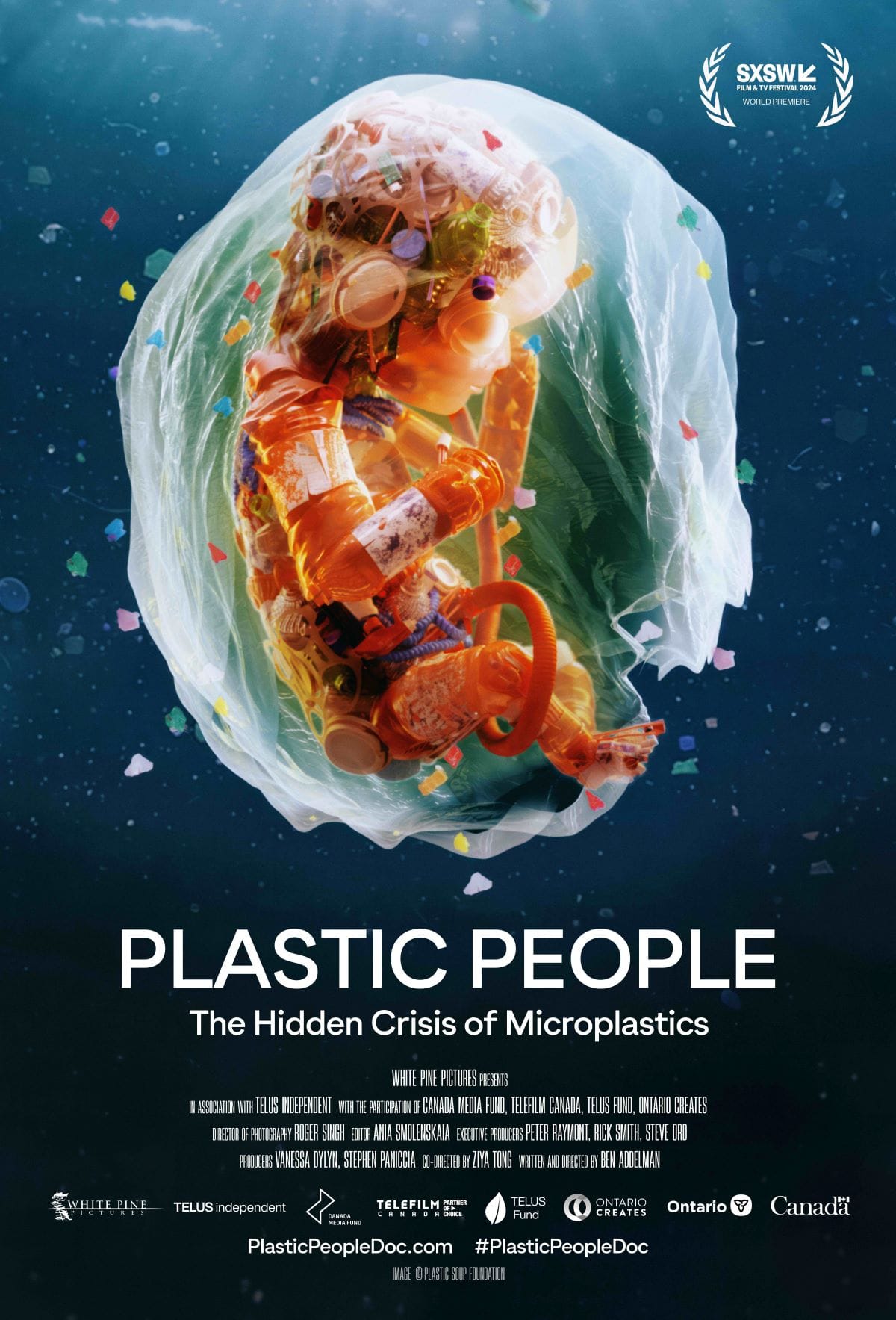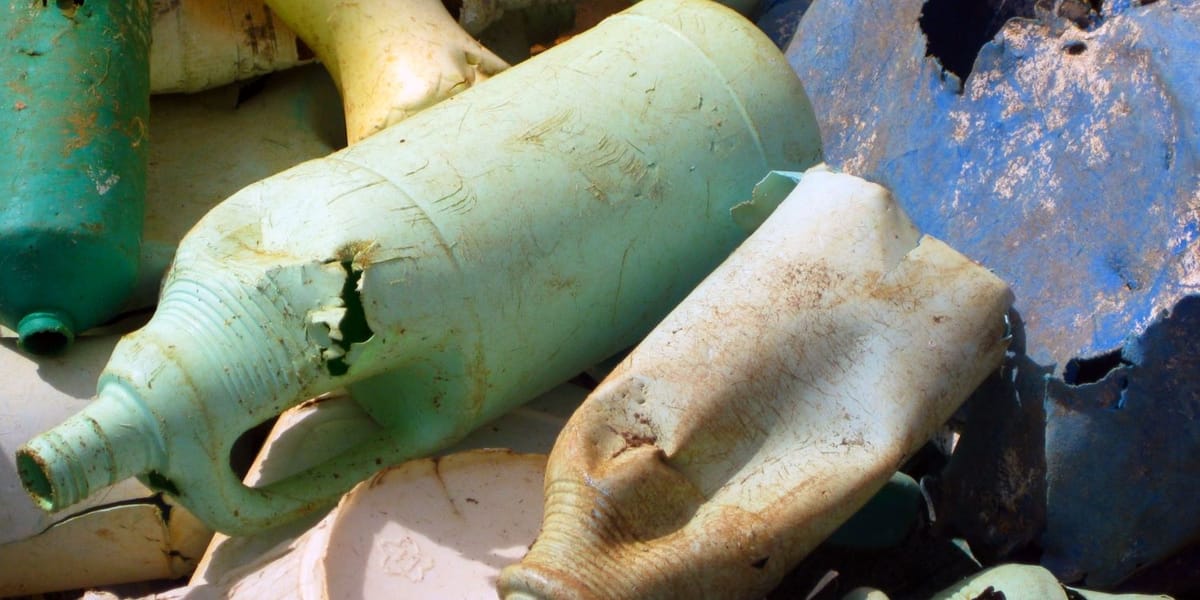The human impact of plastic pollution is uncovered in Plastic People: The Hidden Crisis of Microplastics. We talk with science journalist Ziya Tong about one of the biggest threats facing our world and our bodies today.
Plastic People: The Hidden Crisis of Microplastics follows science journalist Ziya Tong as she travels around the world investigating the impact of plastic pollution on the human body.
Directed by Ben Addelman and co-directed by Tong, the feature-length documentary examines the land, our water and even our blood to uncover the urgent and inescapable threat plastics pose to the environment, the food chain and our health.
“It’s about the connection between planetary health and human health, and how the threat of plastic pollution in the global environment is now being internalized,” Tong says. “The garbage that we’re throwing out into the world is the garbage that we’re now finding inside our blood vessels and our organs.”
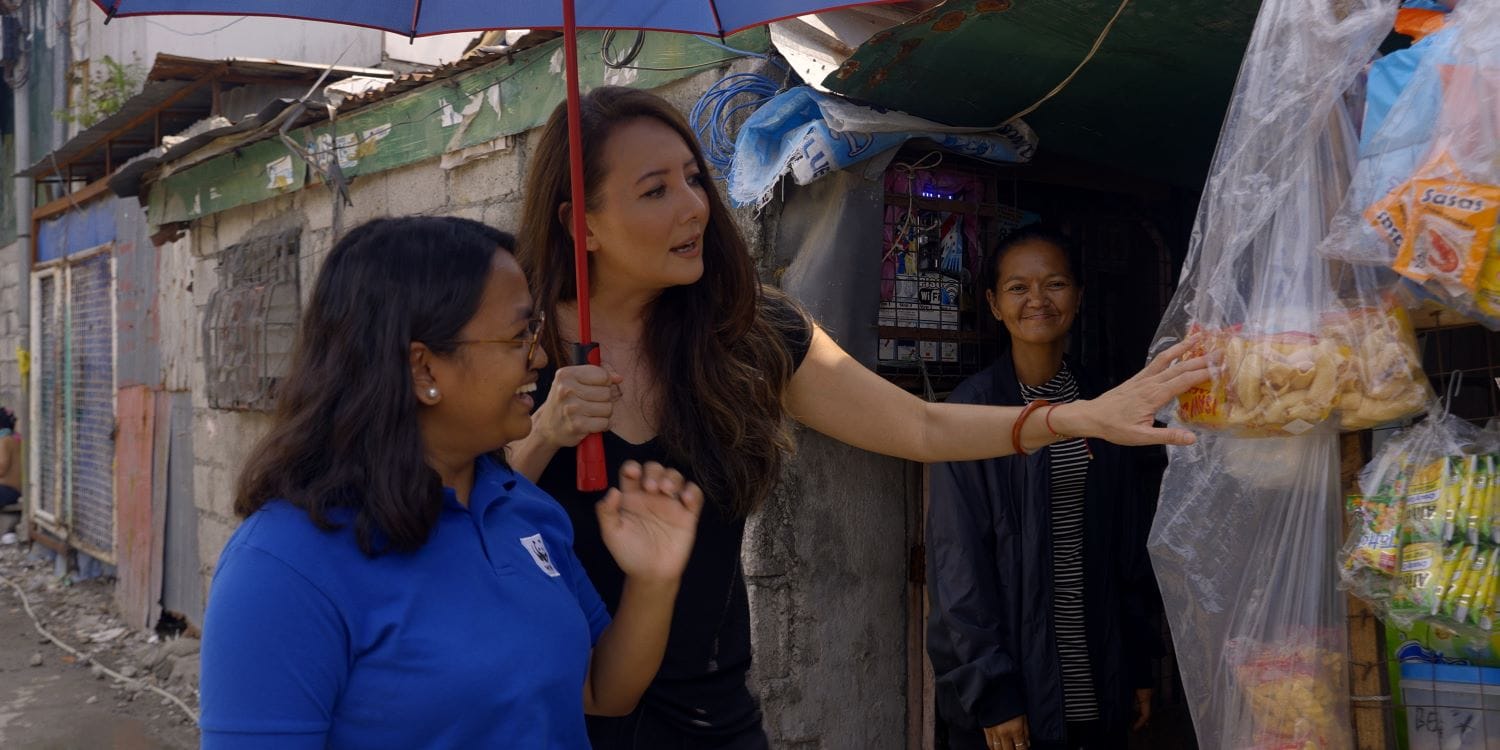
As Tong, who has been reporting on the environment for nearly two decades, notes, the culprit behind the nearly 400 million tons of plastics created every year (half of which goes into single-use products) is a familiar one.
“The oil and gas industry is responsible for two of the largest threats to our planet right now – the climate crisis and the microplastics crisis – but both of them are largely invisible,” she says. “It was very clear to me that when people see an oil spill they act, because it’s so horrifying, so for me this film is really about exposing the oil spill in the human body.”
“This film is really about exposing the oil spill in the human body.”
Tong was first brought on board with the project by Canadian Climate Institute President Rick Smith (who also executive produced the film) and describes the experience of learning how much plastic might be in her body as “kind of horrifying.”
“To do a film that is 82 minutes with an invisible threat is really difficult,” Tong says. “One of the reasons I’m in the film is to show the impact of plastic on the human level and to show what it feels like when you see other people’s garbage in your own bloodstream.”
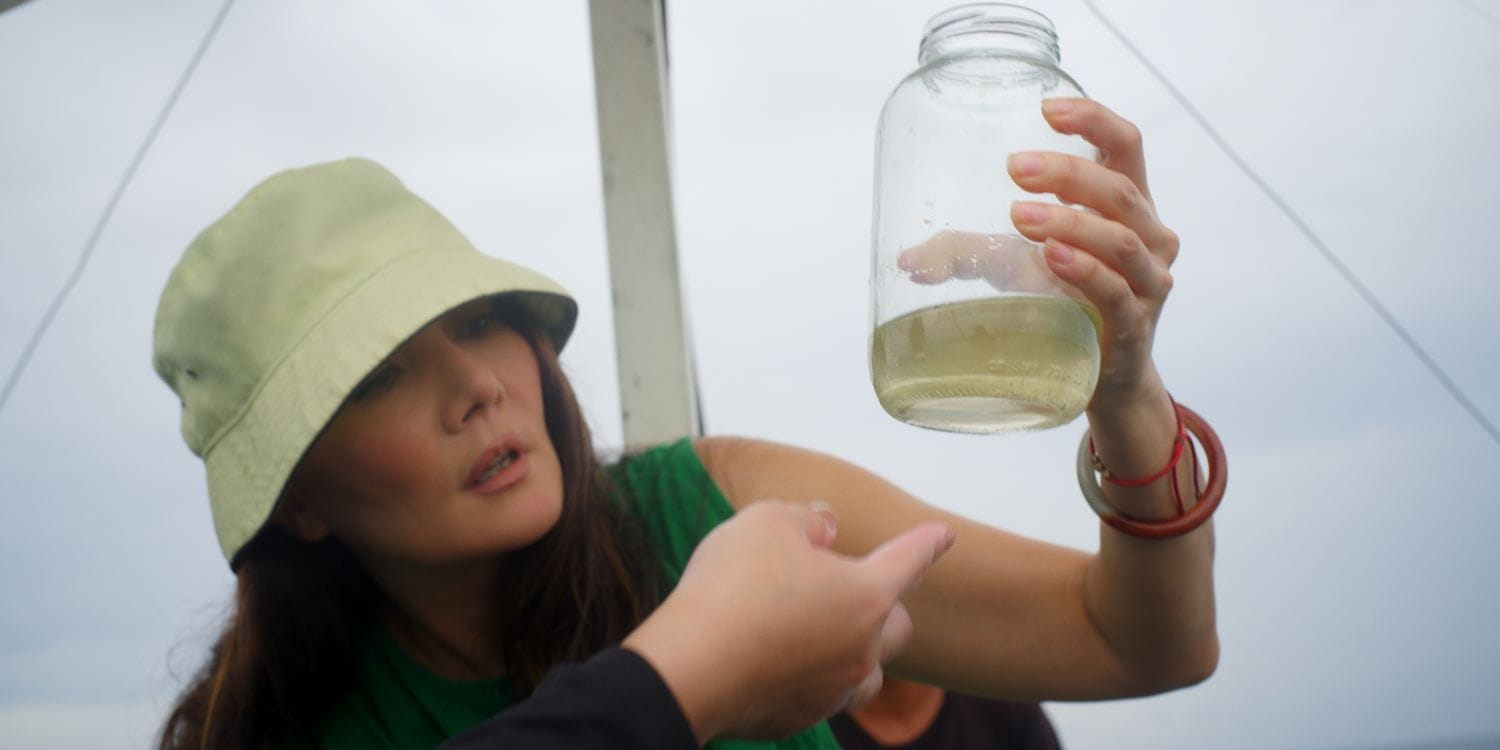
The documentary is filled with alarming stories and statistics, as well as research linking the plastics burden in the body with serious health risks, such as strokes and heart attacks.
“There’s a scene in the film where [researchers] tested about 20 subjects, and in a tiny sample of blood – something like 2.5 milliliters – they found on average 11 plastic particles,” Tong says. “We have about five litres of blood in our in our bodies, so imagine how much microplastic is actually running through our system.”
“I now see plastic everywhere. I see it in clothing, cigarette butts, bubble gum, in paint, in furniture – it’s absolutely everywhere.”
All of this, Tong says, has opened her eyes to the inescapable threat posed by plastics and has led her to make some personal changes in her life.
“I now see plastic everywhere. I see it in clothing, cigarette butts, bubble gum, in paint, in furniture – it’s absolutely everywhere. The invisibleness of it has disappeared,” she says. “I’ve also changed how I behave. I threw out my chopping board recently because [I saw] how much plastic you’re actually shredding every time you use a knife on a chopping board.”
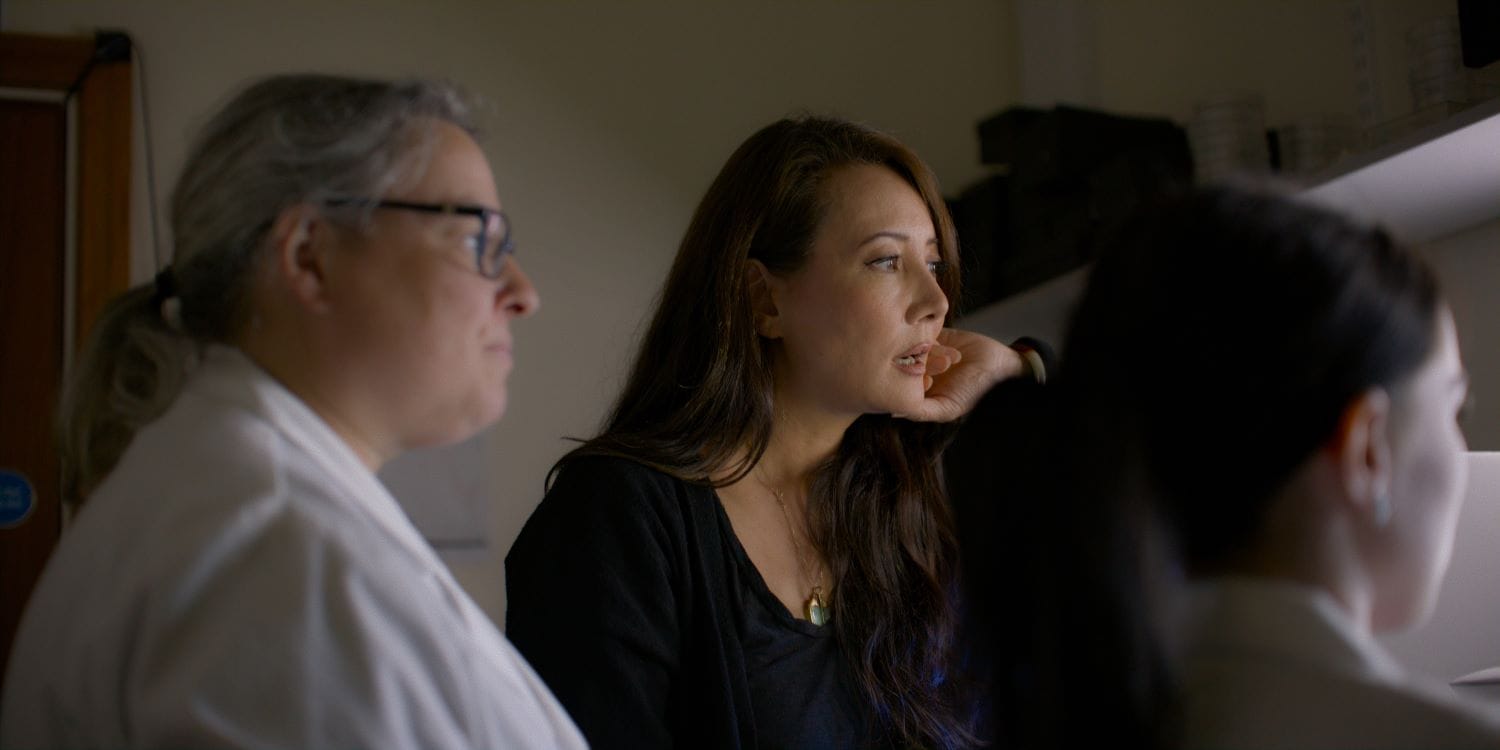
Plastic People premiered to sold-out crowds at SXSW earlier this year and is now scheduled to play selected theatres across Canada. The film also screened at the Fourth Intergovernmental Negotiating Committee (INC-4) in Ottawa in April, where representatives met to draft a treaty to end plastic pollution by 2040.
“The INC-4 delegates know the plastics issue very well, so to see them in the movie theatre clapping and really understanding on a deep level why this film needs to be seen, that was something that was really enthralling,” Tong says. “For the film to be received at that level was really special.”
She adds that we’ve now reached a pivotal moment in how we move forward and have some big decisions to make when it comes to capping plastic production (and pollution).
“People know that it’s in the clouds and the water that they drink and the food that they eat, but they don’t really know how serious it is,” Tong says. “I hope that seeing this film is going to make an impact.”
Find out more about Plastic People: The Hidden Crisis of Microplastics on the film’s official website here or follow the film on Instagram here (@plasticpeopledoc).
